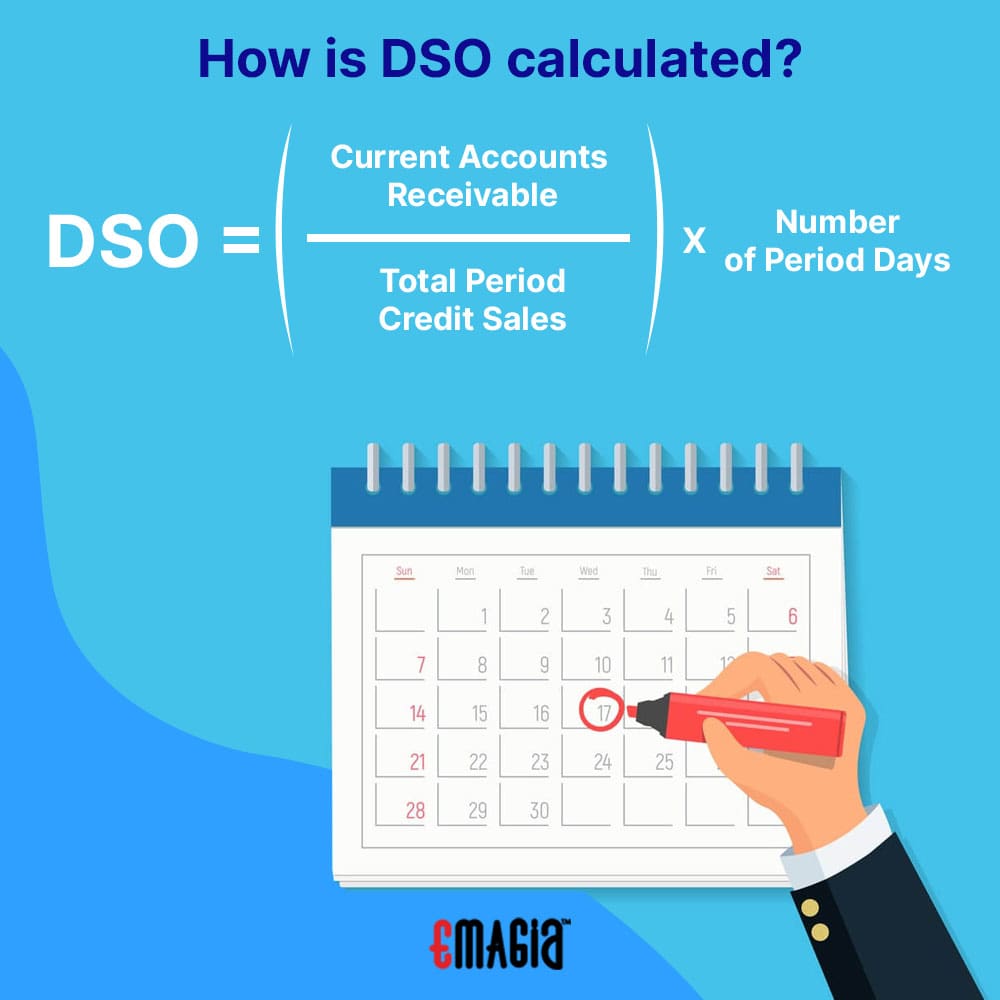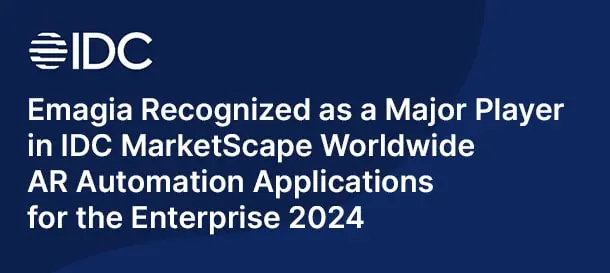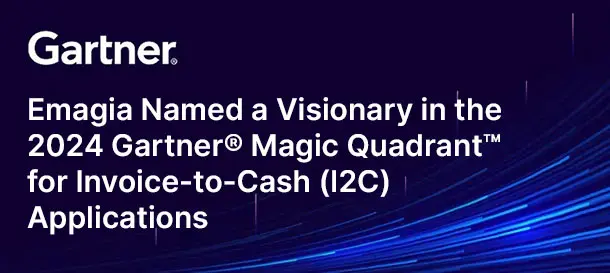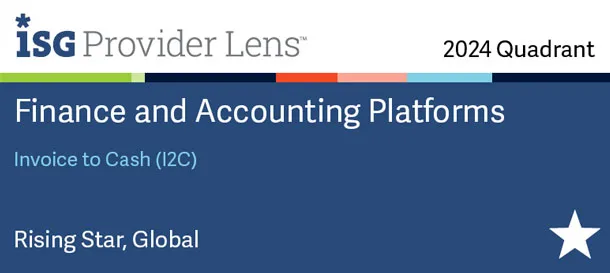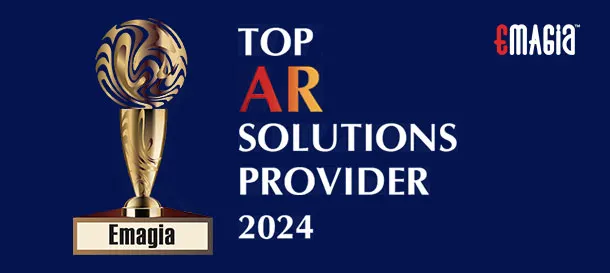Days Sales Outstanding (DSO) is an important metric that measures the time it takes to collect customer payments. There are several factors that go into DSO, and interpretation must take them into account. This blog provides an insight into what a DSO is, how to calculate it, what a DSO number indicates, and how a good O2C process and AI-powered technologies can lower DSO.
What is Days Sales Outstanding/DSO Meaning?
Well-run enterprises keep a tab on how they are performing through a host of metrics. Days Sales Outstanding (DSO) is one of those common metrics. A metric specific to the financial side of a business, DSO measures the average number of days it takes the company to collect payment on its credit sales. It is best measured monthly.
How to Calculate DSO (Days Sales Outstanding)?
To compute DSO, divide the current accounts receivable during a given period by the total value of credit sales during the same period and multiply the result by the number of days in the period being measured.
DSO/Days Sales Outstanding Formula Steps:
The formula to calculate DSO is as follows:
DSO = (Current Accounts Receivable / Total Period Credit Sales) X Number of Period Days
For example, in a given quarter (91 days), if current total accounts receivable is $500,000, and total credit sales for the quarter is $1,250,000, then the
DSO Calculation Formula
($500,000 / $1,250,000) * 91 = 36.4 days
Or suppose total accounts receivable is $850,000 on the same credit sales for a quarter. In that case, the DSO is:
($850,000 / $1,250,000) * 91 = 61.9 days
In the second example, it’s taking almost 62 days to collect, versus 36.4 days in the first case. How does that measure up? It depends on the payment terms offered. This can be measured by the “Best Possible” DSO, which is what the DSO would be if every penny of every invoice was paid on the due date.
If all sales were made on Net 30-day terms, the Best Possible DSO would be 30. If all sales were made on Net 60-day terms, the Best Possible DSO would be 60. If half of sales were made on Net 30 terms and the other half on Net 60 terms, the Best Possible DSO would be 45 days (terms weighted by the proportion of total sales). A “good” actual DSO is within 15% of the “Best Possible” DSO. An actual DSO more than 15% above “Best Possible” usually has room for improvement.
What Does DSO Indicate?
There are several factors involved that make DSO a general rather than specific descriptor. What does DSO indicate? In calculating DSO, a company sees the amount of credit sales made during the period and learns how quickly customers are paying. DSO suggests the efficacy of the collections department or group and of course, the average time it takes to collect on the company’s invoices, but collections is not the whole story.
A high DSO number suggests that a company is experiencing delays in receiving payments. This can cause a cash flow problem as this might indicate sales to customers that are not credit worthy. Similarly, a low DSO indicates that the company is getting its payments quickly, indicating it has satisfied customers.
How to Interpret the DSO Number?
Interpreting DSO requires investigation into the various factors behind it. For example, in addition to product quality and accurate fulfillment, DSO will be impacted by invoice timing and accuracy, as well as special sales incentives and seasonal effects.
Regular periodic measure of DSO is important to reveal trends. If a company’s DSO is high, analysis can point to changes to help reduce it. If DSO increases over time, what are the reasons? It could be due to customer cash shortfalls for example, in a pandemic, or the start of a recession, or it may be a lack of urgency to pay, in which case more robust collection activity could turn it around. Watch things like quarter end when an influx of sales may impact the number.
Internally, a company must keep an eye on pricing, timely and accurate invoicing, or sales offering extended terms to close deals to hit revenue targets. Is production keeping up with orders or is the company delivering later than promised? Are there product quality issues leading to disputes that slow down payment?
So, DSO is valuable but as an overall indicator, not an exact meter pointing just to one thing, like collections. For accounts receivable, other metrics are also valuable. For example Average Days Delinquent (ADD), which is the gap between Best Possible DSO and actual DSO.
Compare DSO and ADD trend lines to see if they move together. If so, the collections process may in fact be the cause of either the deterioration or improvement. A company then must analyze their collections practices to determine why.
It is important to understand too, that DSO is not only an important metric internally. Investors look at a company’s DSO as well. A change in DSO can impact stock share price.
How a Good O2C Process Supports Good DSO
Given the caveats above, collections and the entire order-to-cash (O2C) process have much to do with DSO. Improvements in O2C processes will be rewarded in lower DSO. Success begins with good fundamentals. For example, billing must be timely and accurate. A company that does not send it invoices until a week after the product has shipped is adding days to its DSO.
Similarly, collections are slower where the collections department is disorganized or lacking timely, accurate information. Poor collections habits encourage slow payment. Customers prioritize their payments. They will slide on those vendors that let them. On the other hand, a well-organized, disciplined and informed collections department will see more on-time payments and contribute to a lower DSO.
How AI-powered Technology can Lower DSO
Collection programs have been available for some time. However, technology advances have enabled a new level of automation. The application of artificial intelligence, machine learning, analytics, natural language processing and digital assistants have united the various stages of the order-to-cash process and taken collections to an entirely new level.
Order-to-Cash (O2C) data gathered into a single repository provides timely information to the collections program or module. This alone improves efficiency by improving timeliness and accuracy. Leading collection modules gather data from multiple, including external, sources. A company can configure strategies that enable collectors to implement customer-specific approaches.
The smart software generates task lists and tracks accomplished tasks. It leverages smart data to empower collectors to improve efficiency. A “workbench” provides the entire customer account information—invoices, sales, shipping, payments, available credit—to the collector.
The system provides built-in workflow to streamline dispute resolution, with a view into status, escalation, and root causes. Automated dunning frees collectors for higher value activity while ensuring 100 percent customer touch.
Users of Emagia’s AR & O2C automation platform, for example, are seeing outcomes of 85 percent or more Current AR, and a 30 percent reduction in DSO. AI technology is making a tremendous improvement in financial operations efficiency and results, as reflected in DSO.
Contact us to learn more about how Emagia’s AI-powered AR automation solutions can help you achieve world-class performance by improving your DSO and cash flow.

